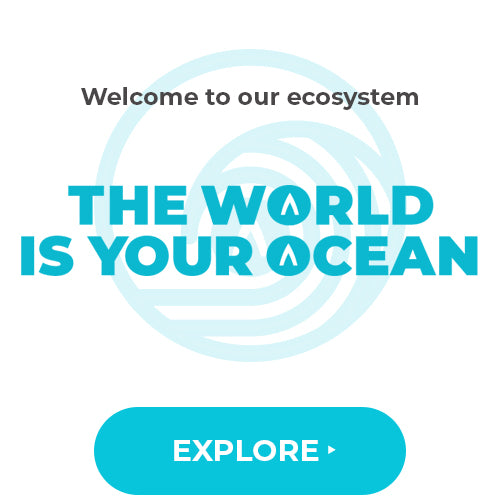“Rolling” into Spring and The New Face of Sea Kayaking
Everywhere I turn I have been hearing and reading about the emergence of specialty kayak designs (doing well in the marketplace) and of a shift in sea kayaking to more rough water (and bigger water) paddling by a larger segment of the market. Like many other sports, the pursuit of kayaking has matured as a sport over the past decade, and looks to continue that for the next 20-30 years. I guess the availability of information, access to multimedia like pictures, videos and blogs, as well as other media has brought “what’s possible” literally right in front of interested adventure paddlers eyes…from all corners of the globe. There’s certainly an enticing adrenalin rush you get when you see (or better yet experience) the feeling of riding a wave or tidal rapid on the ocean in a sea kayak. We all hope that will attract many more young people to sea kayaking (so they can experience the more soulful pristine sacred moments that can’t be captured on video!).
 I’ve been reflecting on some of the inspirational moments and influences in the history of TRAK. Back in the spring of 2005, I read an article in Adventure Kayak magazine called “The New Face of Sea Kayaking” featuring an interview with Ken Whiting (now of Heliconia Press & Paddling TV). In that article, Ken described a future of ‘freestyle’ in sea kayaking that seems to be coming to fruition.
I’ve been reflecting on some of the inspirational moments and influences in the history of TRAK. Back in the spring of 2005, I read an article in Adventure Kayak magazine called “The New Face of Sea Kayaking” featuring an interview with Ken Whiting (now of Heliconia Press & Paddling TV). In that article, Ken described a future of ‘freestyle’ in sea kayaking that seems to be coming to fruition.
A statement he made in the interview really hit us like a 2×4 and made us feel like we had a solution on its way. When asked what innovations do you see coming to sea kayaks themselves, he said “…the equipment has got to become more playful; it’s got to become better for surfing. It’s great to be surfing these boats in the tidal rapids and ocean surf but at the same time that I’m having a great time I’m saying to myself “There is a hybrid”. There is something coming that hasn’t arrived yet, a cross between a surf ski, a surf boat and a sea kayak – something that will let me get to that remote location and also let me do more when I get there. Sea kayaks are evolving, but I expect some specialized designs will move toward having sharper edges, a flatter hull and more rocker for easier turning”.
 After reading this article and getting the proverbial “goose bumps”, we contacted Ken and had him test our prototype, and as history would show, he liked what he saw!
After reading this article and getting the proverbial “goose bumps”, we contacted Ken and had him test our prototype, and as history would show, he liked what he saw!
Coming full circle to 2012 (7 years later), we are now seeing paddlers really test the limits of the TRAK T-1600. In order to paddle these kayaks in rough water situations, you have to be able to roll. This episode of The TRAK Files focuses on rolling the TRAK T-1600. James Manke’s debut in the series is fantastic. He tests the TRAK using specialized Greenland techniques and helps us determine the roll-ability of this playful, performance folding kayak.
We invite you to stay posted to the series, as an episode down the road will explore rough water paddling, surfing and freestyle sea kayaking!
Happy Paddling,
~ Nolin



